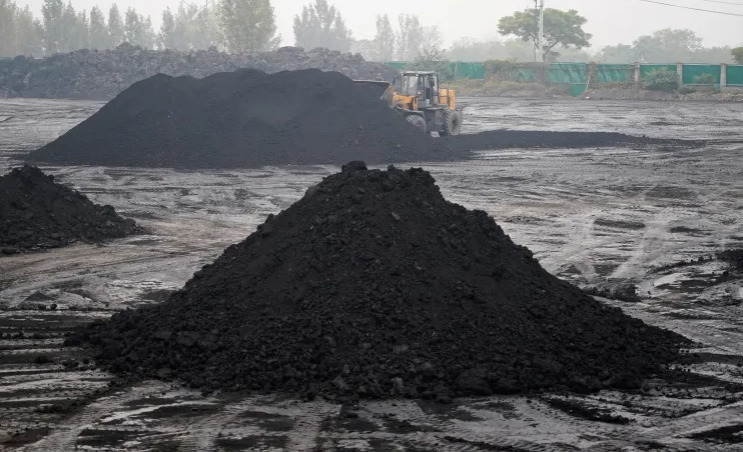On Friday, the International Energy Agency predicted that global coal demand will likely have peaked this year and could decline by about 2% over the next three years as China integrates more renewable energy sources.
As China adopts more renewable energy sources global coal demand will decline. The Paris-based agency has not previously forecasted a decline in demand for the polluting fuel over three years.
The annual coal market report from the IEA predicts that demand will surge to 8.54 billion metric tonnes (9.4 billion tonnes) this year, surpassing the previous record of 8.42 billion metric tonnes set in 2022.
Read more: Oil Costs Are Poised To Increase For The First Time In Two Months.
The agency anticipates a 2.3% decline in demand by the end of 2026, beginning in 2024.
The IEA’s energy markets and security director, Keisuke Sadamori, stated that the forecast demonstrated “a turning point for coal is unmistakably approaching.”
“There have been a few brief declines in global coal demand, but they were precipitated by extraordinary events like the Soviet Union’s collapse or the COVID-19 crisis,” he said in a press release.
“This time around, the decline appears to be more structural, as it is sustained and dominated by the formidable growth of clean energy technologies.”
According to the IEA, China will have more than half of its renewable energy capacity come online within the next three years. According to the agency, the country supplies more than half of the global coal demand.
A novel international climate accord, reached on Wednesday at the COP28 summit, issues an unprecedented appeal for nations to shift away from fossil fuels. However, its ambiguous language may permit certain governments to implement only minimal measures.
The agreement does not go far enough in mandating the global “phasing out” of oil, coal, and natural gas, as has been demanded by over a hundred countries and numerous climate organizations.
“China shall have the final word.”
The IEA anticipates that coal demand has decreased in nearly all developed economies this year, with the European Union and the United States experiencing the steepest declines of approximately 20% each.
On the other hand, demand is shifting eastward; China and India are expected to have seen increases of over 8% and 5% this year due to robust electricity demand growth and low hydropower output.
According to the IEA, the international community is making progress towards reducing its reliance on coal within the next three years. However, much depends on China’s capacity to increase its renewable energy output.
The agency stated in its report, “Coal is used as a substitute when hydropower underperforms in China; therefore, the short-term availability of hydropower is critical.” It further stated that China would “have the final say.”
The Chinese government issued an action plan to improve air quality last week, which outlined its commitment to “vigorously develop new and clean energy” and rigorously regulate coal consumption.
To achieve a 10% reduction in the density of PM2.5, which are hazardous airborne particulates, by 2025 compared to levels observed in 2020, the proposed strategy advocates for increased reliance on non-fossil fuel energy, promotion of electric vehicles, and increased freight transportation across the nation via rail and waterways as opposed to roads.
Global coal consumption would still exceed 8 billion metric tonnes in 2026, according to the IEA, and to limit global warming to 1.5 degrees Celsius above pre-industrial levels, “unabated coal” use would have to decline “significantly faster” than its present rate of decline.
An IEA spokesperson explained that unabated coal is combustion without capturing and storing its planet-warming carbon dioxide emissions.

